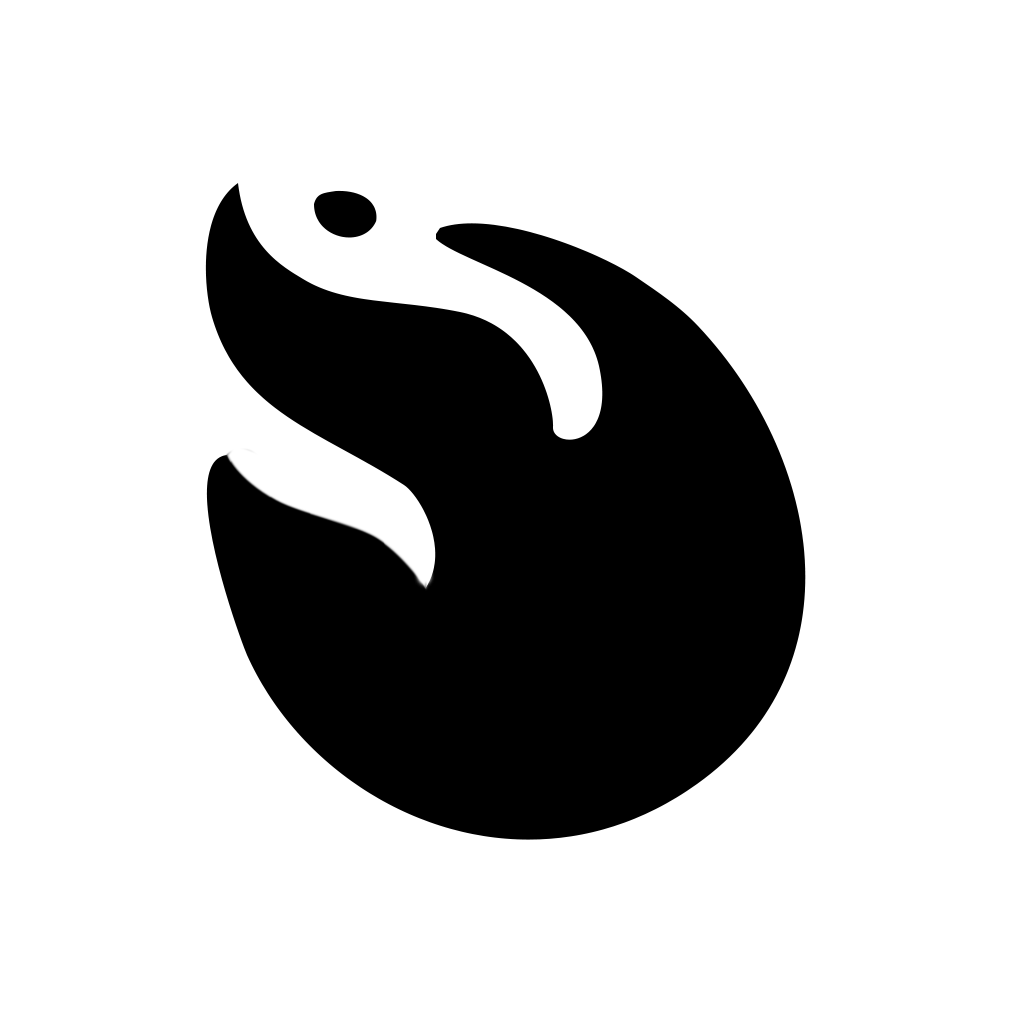On the walls of Uruapan, colors bloom—not just to decorate, but to tell stories.
With every line he sprays, Dhash Dhasher—urban artist from the Santo Santiago neighborhood—paints not only with aerosol, but with memory, with roots, and with the belief that art can be the seed of awareness.
His journey began in the echo of graffiti and the heartbeat of hip hop.
“I was always drawn to the celebrations in the barrios,” he says—not as an outsider, but as someone raised within that vital rhythm, surrounded by vibrant noise, deep color, and the warmth of community. From a young age, those neighborhood fiestas sparked something in him. Today, that fire lives on in murals full of symbols, characters, and messages that speak of identity, of home.
“The tools I found in graffiti became a way to portray the culture I belong to.”
And that’s exactly what happened. Inspired by other urban artists and by the freedom of street exhibitions where everyone paints from the soul, Dhash found his language—a language that doesn’t need translation. One that speaks from the street, to the street. One that transforms an ordinary wall into a mirror of identity.
A defining moment in his career was his participation in Meeting of Styles, one of the world’s most important graffiti gatherings. Representing Michoacán for the first time, he stood not just alongside the best in the world—but face to face with himself. Sharing techniques, visions, and energy with artists from across the globe made him grow. But beyond the noise of the big city, there’s another milestone he holds especially close to his heart: his murals on Independencia Street in Uruapan. One of them tells the story of a boy discovering the Cupatitzio River for the very first time. It was created to sow ecological awareness in children—and it worked. “Some people have told me their kids love that mural,” he says humbly. That’s the kind of art that matters: the kind that lingers in emotional memory.
Of course, none of this has come easy. Painting murals takes more than talent—it takes paint. And to get it, he’s often worked weeks at whatever job he could find, just to buy a few cans. Even so, he never stopped. Because something stronger was always pushing him: the desire to represent what he loves. And sometimes, that desire is greater than any obstacle.
Today, he’s focused on Urhuapani, his first solo exhibition. The name, which means “where everything blooms” in Purépecha, is no coincidence. This show—also a symbolic act of resistance—seeks to highlight the beauty of his land in the face of a globalized world that often substracts more than it adds.

“I want to capture what’s beautiful about our culture—and why it’s worth preserving, celebrating, and encouraging others to love it too.”
He brings to life real people he meets at traditional festivals, turning them into everyday muses. People with stories, people who embody the richness and diversity of their communities. Because, as he says, art doesn’t belong in a museum—it belongs on the street. To the passerby who stops for a moment, finds a familiar scene painted on a wall, and smiles.
Dhash believes art must speak of the present, of what matters now: caring for the environment, protecting our roots, telling the everyday stories that make up the soul of a people. His murals aren’t just decoration—they’re bridges. And with that intention, his work is becoming a vital part of Uruapan’s cultural heartbeat. Because a community that sees itself represented, learns to recognize itself. And a community that recognizes itself, grows stronger.
That’s why, when we ask which projects are worth sharing, he mentions what we do at Uërani without hesitation. And he sends out a reminder: more institutional support is needed. As he puts it, “A healthy society is built on a healthy culture.”
And on that, we couldn’t agree more.







